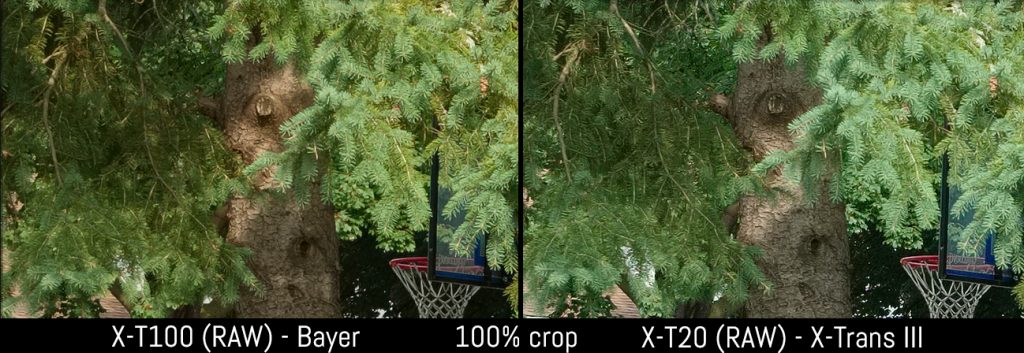

So, for example, if you use the "Edit With" function of Capture One to send your image to Luminar as a Tiff, to get it back into Capture One, you have to export (rather than save) as a tiff, then find the original file, and write over it. In order to use Luminar with Capture One directly, you’re using it as the Stand Alone version. You can save the image but it uses Luminar’s own format. However, when working with the stand alone application, there is no apply button, only an export button.
#Iridient developer vs capture one software
When you use Luminar as a plug in - in whatever software that supports it working as such - to get the image back into the host application, you click apply and it renders it back out. But why not just use Luminar directly with Capture One? Well, you can, but as I said in the introduction, getting it back to Capture One is a bit of a problem. Of course, this all depends on you having Photoshop in the first place, but if you do, I think that this is probably the best way of using Luminar, or any plug-in with Capture One, especially now that PSD support is much improved. There is, however, a simple solution to the problem and that is to use Photoshop as an intermediate. While you can use it as an external editor with Capture One, getting it to round-trip properly can be a bit tricky. It works great as a plug-in for Lightroom, but if you’re using Capture One it gets a bit more complicated.


If you’ve been following this blog for a while now, you probably know that I’m a big fan of Macphun’s Luminar.


 0 kommentar(er)
0 kommentar(er)
